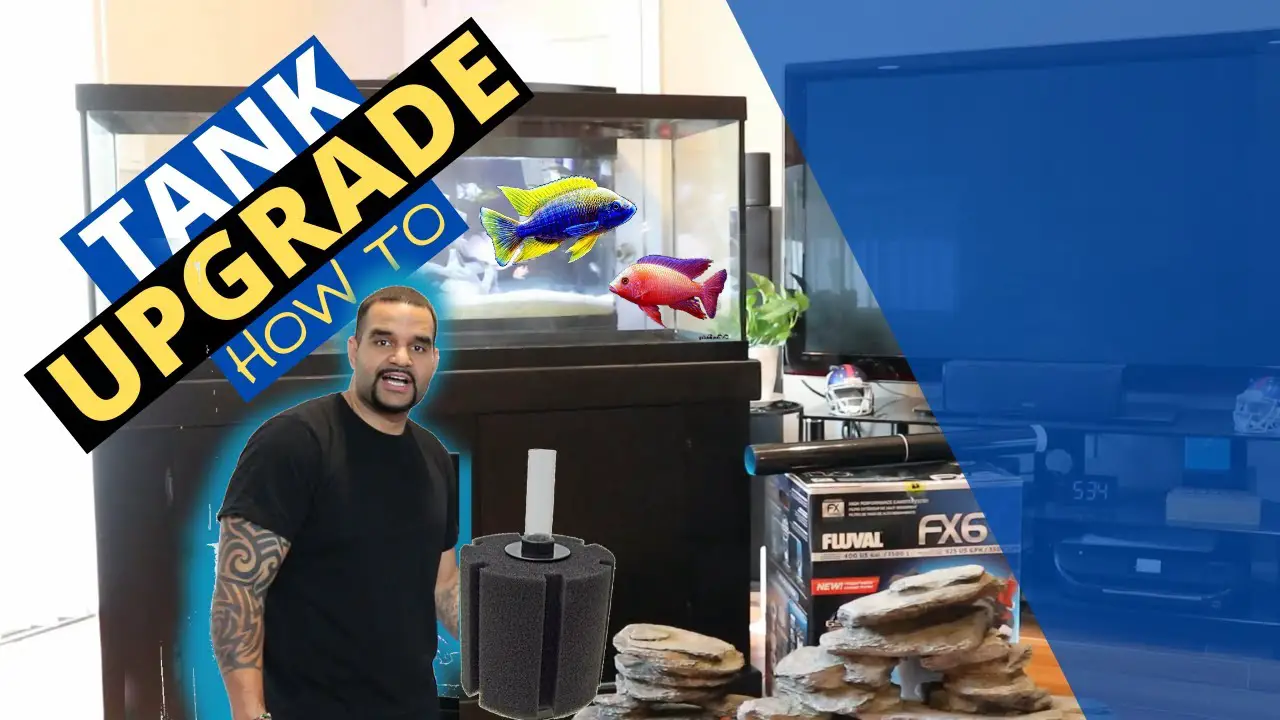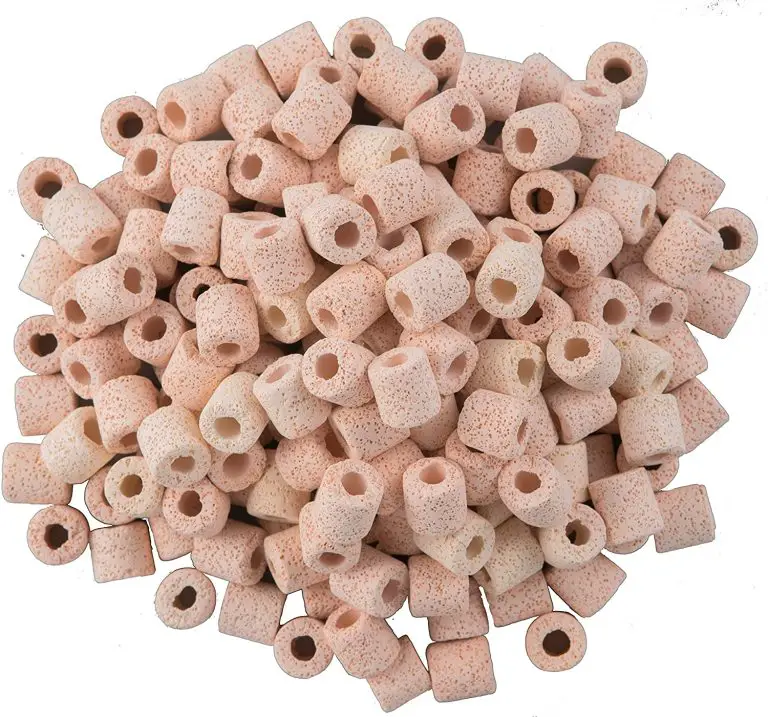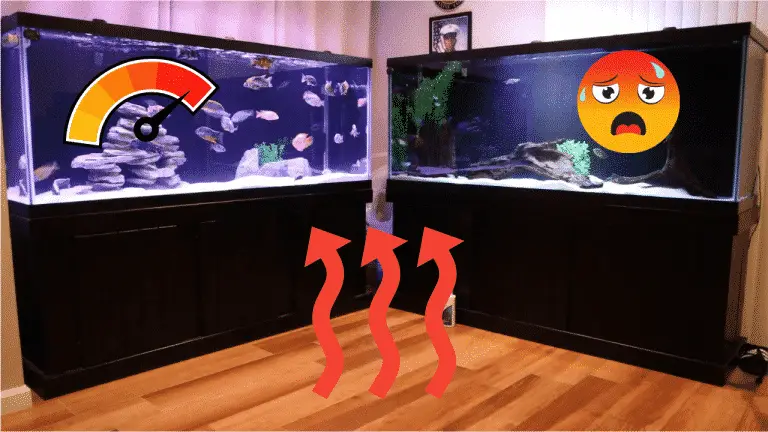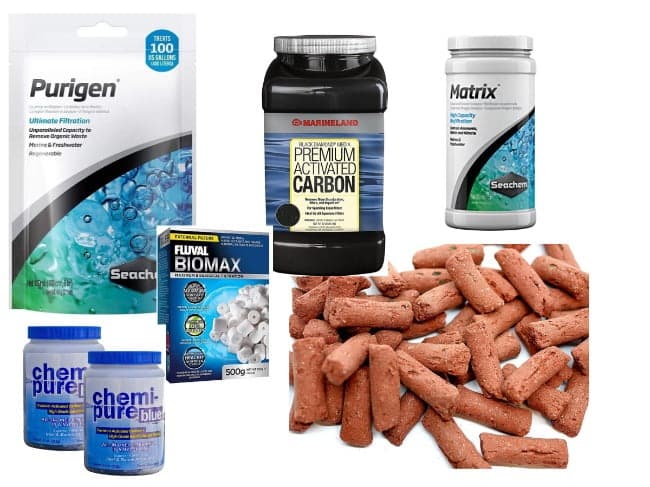How To Safely Upgrade an Aquarium: Transfer Your Fish To a New Tank
You realized that your tank has gotten a little too small for your and your fish’s liking. So now what? It’s time to (safely) upgrade an aquarium!
Larger aquariums are easier to maintain and allow you to keep more fish! Here is a guide to safely upgrade an aquarium and transfer everything from your old, small tank to the new, large tank.
Whatever your reason for an upgrade, there are a few steps that you need to follow before, during, and after an aquarium upgrade.
Reasons To Upgrade an Aquarium
There are a few reasons for upgrading an aquarium, but the most important reason is for the health and safety of your fish.
Fish Size: New (and even experienced) aquarists can make the mistake of buying fish they have yet to do proper research on. Perhaps you bought a juvenile fish of a large fish species, not knowing exactly how large these fish can grow.
Fish Amount: Size isn’t the only factor, the number of fish in your tank is also a valid reason to upgrade an aquarium. By either buying or your fish reproducing, your fish need enough space to swim around, hide in, and live a healthy, stress-free life.
Challenge Accepted: Another valid reason is purely for the challenge of upgrading to a larger tank. Many aquarists start out with a small tank of about 20-30 gallons to learn the ropes. But now it’s time for a little more responsibility and experimentation.
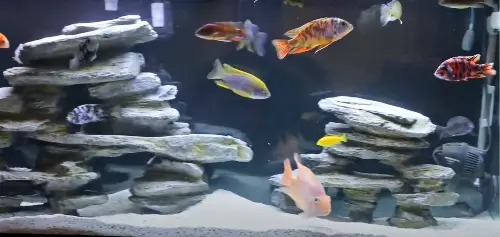
Prepare For The Upgrade
After you’ve decided on a tank, you’ll need to think about your tank’s equipment. The filter, heater, and lighting system you have in place in your current tank may not be suitable for a larger tank.
If you do need to acquire new equipment, do your research to pick a dependable model that fits your specific tank size. Maybe some new décor is in order too? Plants, rocks, driftwood, 3D background, etc.
Important note: If your old aquarium has just had a big event, such as fish death, filter media change, or the addition of new fish, it is critical to wait a few weeks before attempting this aquarium swap. This allows the old aquarium to settle.
In addition, beneficial bacteria colonize not only the filter media but also the substrate and all other hard surfaces in your aquarium. All these can be transferred from the old tank to the new tank without washing, but it’s advisable to leave most of the old water behind.
How To Upgrade an Aquarium
To upgrade an aquarium and to safely transfer your fish, you can follow along the video or read through the steps below:
- Give the new tank a quick clean (don’t use chemicals) and then position your tank where you’d like it to be set up.
- Turn all the old tank’s equipment off, from your filter to your heater – all of it.
- Drain the majority of your old tank’s water into a bucket. Don’t get rid of the water! Beneficial bacteria that maintain the nitrogen cycle in your tank are most abundant in the substrate, but they may also be found in the tank water.
- Set up a temporary air source in your old tank in the meantime to keep the water oxygenated. You can use a simple airstone.
- Set up your new tank’s equipment such as the heater, filter, wavemakers, and lighting system. Even your décor!
- Transfer your old tank’s substrate into your new tank. Remember, we do this to preserve as much of the beneficial bacteria as possible.
- Fill the new tank with as much water from the existing tank as possible. You can also add tap water to further fill the tank.
- Dose the water with aquarium conditioners such as a dechlorinator to remove chlorine and other chemicals from the tap water. In the video, we used Seachem Prime.
- This is a stressful scenario for your fish. To help with their stress levels, we recommend adding Seachem Stress Guard to your new tank.
- Adjust the pH levels and water temperature to what your fish require. If there are more than two-tenths of a point variation in pH level or more than a minor difference in water temperature between the two tanks, do not proceed with the transfer. Of these two parameters, pH is the more critical.
- For example: In the video above, we’re transferring African cichlids to the new tank. Thus, we’re adding Seachem Malawi Buffer and Cichlid Lake Salt to ensure that the water reaches the proper pH levels.
- Introduce your fish into their new aquarium as carefully as possible to avoid putting them under any stress. Keep an eye on each fish as you transfer them.
Additional Tips
Here are a few additional tips to help you with this process:
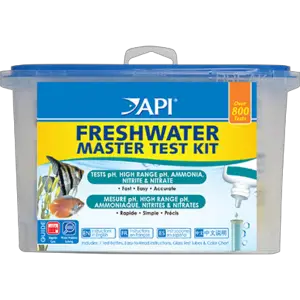
Frequent Water Tests: This is a big transition for you and your fish. To ensure that everything goes well, even after the transition, frequently test your new tank’s water. Keep an eye on your ammonia-, nitrate- and nitrite levels, pH, and temperature. The sooner you can spot irregular numbers, the better. The API Master Test Kit can test all these water parameters (of course except for the temperature). Here’s a step-by-step guide on how to use the API Test Kit.
Keep Your Routine: Now that you have a new tank set up, don’t forget to continue with your usual water change routine. It may take some time to adjust to the maintenance and care requirements of your new tank, but it should not be too different from what you are used to.
50% Old Tank Water: If you like, you can add extra “old” water, but no more than 50% fresh. This will make matching your pH and temperature a bit simpler.
Aggressive Fish: If you’re having aggressiveness problems, add the aggressive fish last. By introducing the more aggressive fish last, you’ll give the others time to find a decent hiding area and avoid being evicted by disgruntled roommates. African cichlids are known to be aggressive but there are ways to keep them from being too aggressive.
Big Tank, Big Fish
Can’t get enough of African cichlid content? We’ve got a dedicated article category and a YouTube playlist that focuses solely on African cichlids.

KaveMan Aquatics also offers an online video course, Keeping African Cichlids. If you feel that that’s not enough, we also offer 1-on-1 consulting services for that personal touch.
-
How To Safely Upgrade an Aquarium: Transfer Your Fish To a New Tank
Tank too small for your and your fish’s liking? It might be time to upgrade an aquarium! Know what to do before, during, and after an upgrade.

